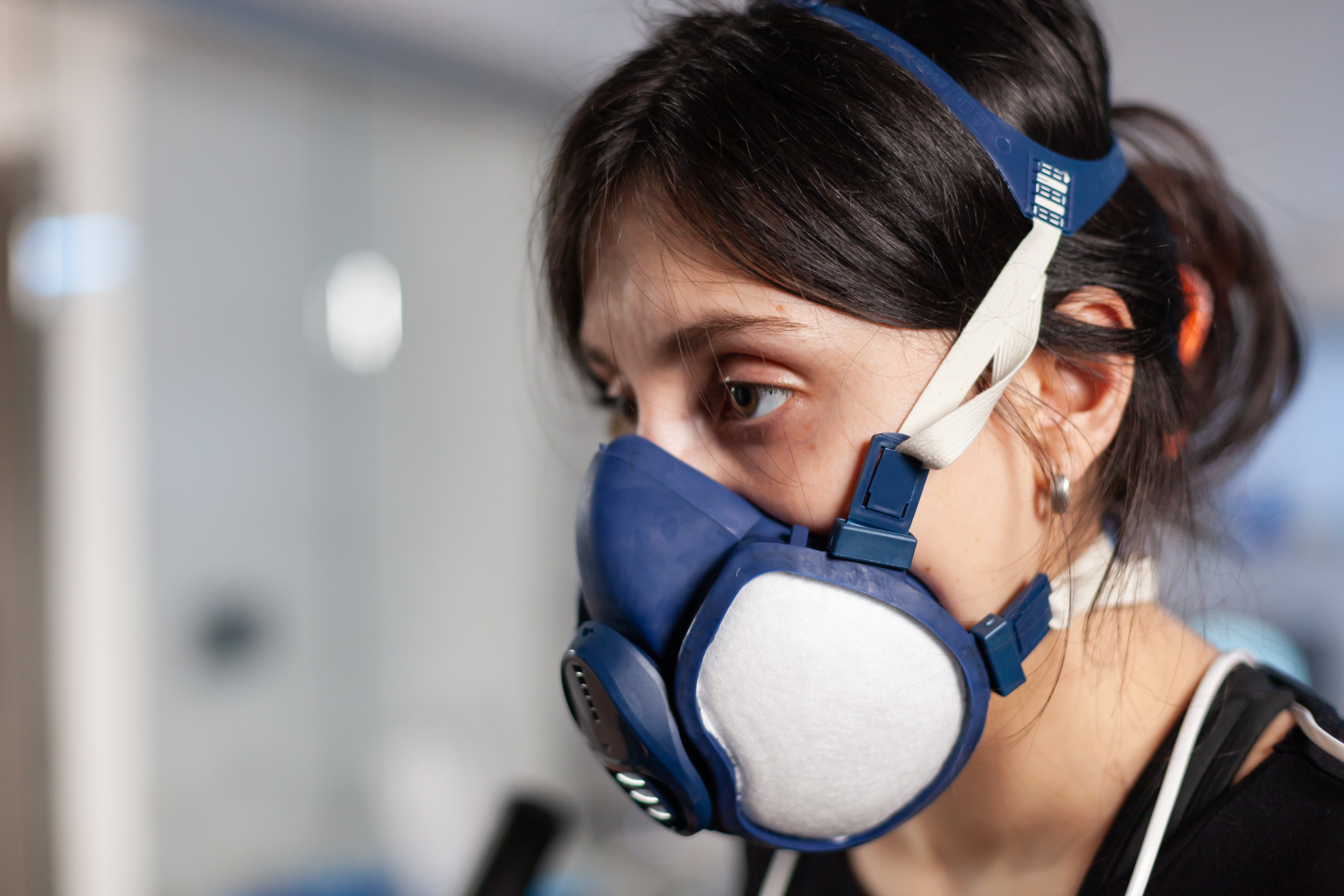Amplify hearing surveillance through audiometer interface
By Enterprise Health on Oct 9, 2019 11:00:00 AM

OSHA calls noise one of the most pervasive occupational health problems with more than 22 million U.S. workers being exposed to potentially damaging noise at work each year (www.osha.gov). Monitoring employees for the effects of exposure to high levels of noise and complying with OSHA and other regulatory requirements can be arduous.
One way to streamline the entire process — from tracking which employees need testing, data collection and storage of test results, follow-up assessments for abnormal test results, and reporting — is through electronic interface of your audiometer with your occ health IT solution.
Many common audiometers use health data exchange architectures, application interfaces and standards that enable data to be accessed and shared appropriately and securely. If your occ health IT solution is also designed to be interoperable, it should be configurable to accept data directly from the device. For example, the Enterprise Health application interfaces with audiometer models from Amplivox, Benson, Everest, Maico, OMI, Tremetrics and several others.
When exams are performed, audiometers collect many data points such as left and right ear frequencies (in 500Hz, 1kHz, 2kHz, 3kHz, 4kHz, 6kHz, 8kHz), baselines for both ears, patient demographic information (e.g. name, company employee number, MR Number, etc.), test date and time, the audiometer serial number, calibration date and time, and the name of the clinician who performed the test. With Enterprise Health, the clinician can choose whether he or she wants data collected from the audiometer to be entered manually or streamline the process by uploading results directly from the device into the employee’s health record.
Digitally uploading results can help eliminate errors such as numbers being transposed, decimals put in the wrong place or data entered into incorrect fields that can easily occur when data is manually entered. It also saves valuable clinical time by automatically calculating threshold shifts, and having electronic data simplifies the external referral process by providing portable audiometric information to send along if an employee needs further assessment or if a hearing problem is suspected.
Managing surveillance of employees’ hearing through an employee health records IT solution simplifies the entire process and can decrease risk for non-compliance. By adding employees to an audiology health surveillance panel, tracking of the audiograms is automated. The system pings employees by sending an email notification that they have tests due and should log-in to their employee portal to schedule an appointment and complete any questionnaires, if applicable. It also sends reminder notifications to those who do not take the required actions.
After an employee’s audiogram appointment, the system creates a clinical summary and makes it available via the employee portal so that the employee can access the results. It also automatically calculates the due date for the next exam, and enables the employee’s supervisor to see their employees’ testing compliance status through the supervisor portal.
Integration of audiometers with an occ health IT solution provides many advantages when it comes to managing a hearing conservation program that meets regulatory requirements. Most importantly, it simplifies the process of monitoring an employee’s hearing over time so that occupational noise-induced hearing loss can be detected early and proper intervention can be taken to prevent permanent noise-induced hearing loss.
You May Also Like
These Related Stories

New functionality speeds entry of respirator fit testing data for OEHR users

Employers already understand population health
